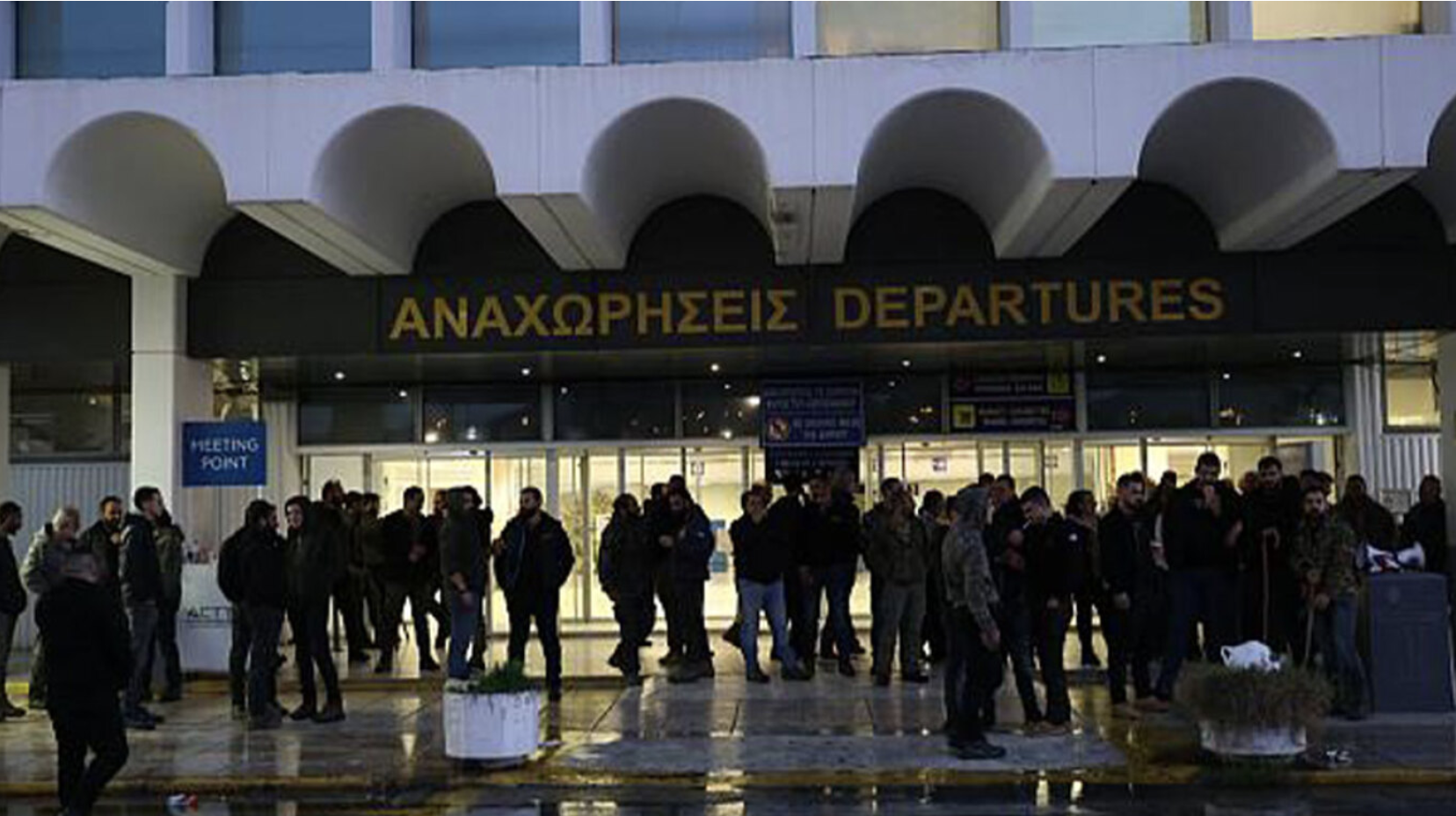In his latest book, French journalist and writer Matthieu Suc recounts how all the planners of the deadly November 2015 Paris attacks, who operated within the Islamic State (IS) group’s “spy service”, were systematically eliminated.
A year has passed since Belgian jihadist Oussama Atar, the last surviving planner of the deadly November 13, 2015, Paris attacks, was killed in Syria by an international coalition strike.
Atar was the head of the IS group’s “CIA”, headquartered in the Syrian city of Raqqa at the height of the group’s control over its so-called caliphate.
But France has not touted the supposed end of the dreaded “amniyat” – the IS group’s intelligence services. It’s the subject of Matthieu Suc’s latest book, “Les espions de la terreur” (Terror’s Spies), which was published in French on Wednesday. A reporter at the French investigative website Mediapart, Suc spent four years working on the book, which is the result of extensive reporting on the intelligence gathered by the French services as they combed through propaganda, interviews and information gleaned from intelligence-sharing.
FRANCE 24: You regularly disparaged the official line in the immediate aftermath of the Paris attacks – which killed 130 people – that it was not due to a failure of the French intelligence services. But now, with the elimination of the planners of the November 2015 attacks, would you say that this marks progress in French intelligence operations?
Matthieu Suc: At the beginning of this period [since the January 2015 “Charlie Hebdo” attacks], the intelligence services underestimated the jihadist threat. It must be said that on social networks, the level of exchange between jihadists was perfunctory and not particularly elevated. Yet, in the mix were jihadi veterans and former delinquents who frequently went underground and quickly signed up with the IS group when it emerged. It was later discovered that they were bright tacticians, not backward or uneducated barbarians. The US understood that with the September 11, 2001, attacks, where there were engineers among the terrorists. The 2015 attacks made it clear to French intelligence that the enemy was, in fact, talented operationally.
The mass of data that was processed – interrogations, wiretaps, correspondence – has enabled French intelligence to catch up quickly. This can be seen in the [intelligence] transcripts: errors, misspelt names, misunderstanding certain basic Arabic expressions – all of these disappeared as documents were processed. The quality of the work improved tremendously in 2016 and in 2017, thanks to their 24/7 submergence in the jihadist culture. The shock of the attacks of November 13, 2015, and July 14, 2016, [the Nice truck attack, which killed 86 people] sparked a collective awareness within the services of the need to work together.
Read more HERE
Ask me anything
Explore related questions





